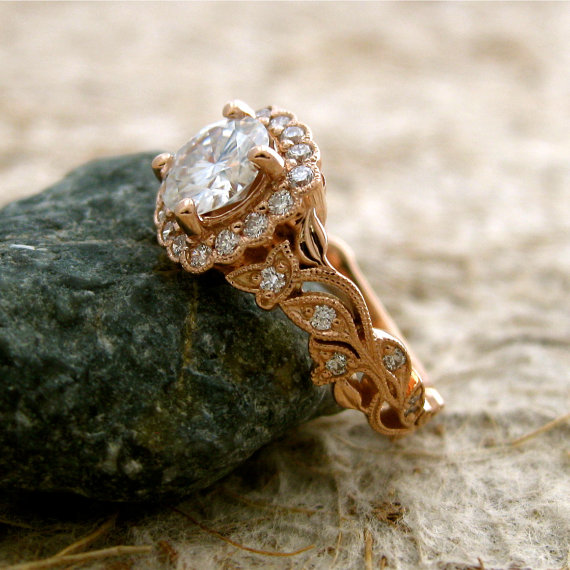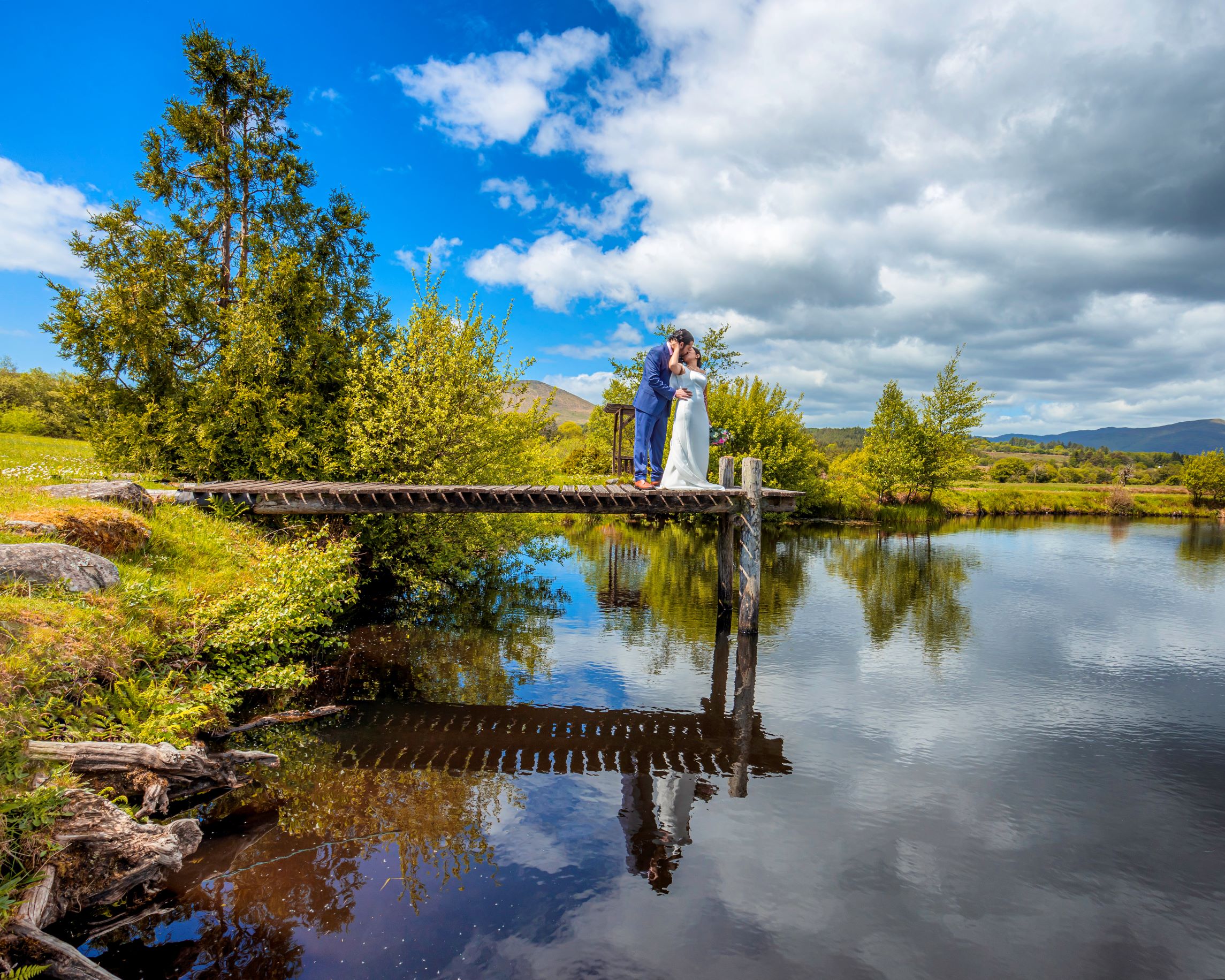
So you’ve done some research and now it’s time to go shopping. This is a wonderful and exciting time but it can be a bit daunting for the majority of people. The question is, where do you start?
The most popular stone for an engagement ring is still the diamond. The main attributes of diamonds, the 4C’s, help determine the value and beauty of a diamond. Here are some tips for choosing your engagement ring!
Cut
This does not refer to the shape of the diamond but how well it is cut by a master craftsman. This is one of the most important attributes as a well cut diamond has more fire, brilliance and sparkle.
Carat
The weight, and therefore the size, of the diamond is measured in carats. A carat is equal to 0.2gm or 100 points. Do not confuse carats with karats (the unit of purity for gold).
Clarity
The diamond’s purity. Most diamonds contain very tiny natural birthmarks known as inclusions. The fewer inclusions, the more beautiful the diamond will be. A diamond that is free of inclusions and surface blemishes is very rare.
Colour
Diamonds are graded from totally colourless (D, E, F) to light yellow (up to Z). The differences from one grade to another are very subtle. The closer a diamond is to colourless the more rare and expensive it is. Diamonds with a very strong and distinct colour such as pink or blue are called fancies.
If you’re partner is not a fan of diamonds then you might want to consider using their birthstone such as a Sapphire for September or a Ruby for July as an alternative or go for a combination of both. Here are a list of birthstones & their meanings:
- January – Garnet – Constancy, protection, loyalty
- February – Amethyst – Sincerity, peace
- March – Aquamarine – Happy Marriage, courage, health
- April – Diamond – Purity, enduring love
- May – Emerald – Harmony, eternal love, fertility
- June – Pearl, Alexandrite – Pure, Balancing, Empowering, Joy
- July – Ruby – Passion, unbridled love, nobility
- August – Peridot – Protection, Felicity
- September – Sapphire – Loyalty, faithfulness, wisdom
- October – Opal, Tourmaline – Clarifying, spontaneity, endurance
- November – Topaz, Citrine – Friendship, strength
- December – Turquoise, blue topaz, tanzanite – Forget-me-not protection, prosperity

Once you’ve decided on the type of stone you want it’s time to choose the shape. Shapes vary from round to princess to emerald. To decide on which shape to go for first take a look at your partner’s hand. How will the shape look on their hand? A round or princess cut may suit a person with small delicate hands, where as a marquise cut may cover too much of their finger. A pear, oval or marquise shape diamond may suit a person with long slender fingers. Is their style modern or classic? A classic style may prefer a round or emerald shape, while a modern style may choose a princess, oval or marquise shape.

After you’ve chosen the shape it’s time to choose the setting for the stone. The setting refers to the mountings which attach the diamond or gemstone to the ring’s band. There are many different settings available such as Prong (4 or 6 claws that hold the stone in place), Bar or Pavé.
The setting plays an important part in how the diamond or gemstone looks on your partner’s hand. A heavy, elaborate setting would not look graceful on a small hand and an extremely delicate setting could get lost on large hands, over emphasizing their size and making the ring look smaller and that’s something we don’t want!
For the band of the ring itself, most people have a preference for what metal they wear. Check to see if your partner wears gold or silver jewellery, this will determine weather you choose yellow gold, white gold or platinum (currently the most popular) for the ring band.
Platinum is a harder and rarer metal than gold. It does not tarnish over time but is more expensive. Platinum has a natural grayish white colour. In order for it to be sold, it must have at least 90-95 percent platinum.
White gold consists of yellow gold mixed with some white metal(s) such as silver, nickel, manganese and/or palladium. White gold rings are then coated with another white metal called Rhodium. The rhodium plating is used to make the white gold look whiter. The Rhodium does wear away eventually. To keep a white gold ring looking its best it should be re-rhodium plated approximately each 12 to 18 months.
If you want a traditional wedding ring that is resistant to tarnishing, then gold is the choice for you.
Let us know the tips you learned while shopping for you engagement ring.
Image from: Etsy, Kelly’s Thoughts on Things, Dial a Diamond






